Following Occupy Wall Street: Labor Day protests in NYC
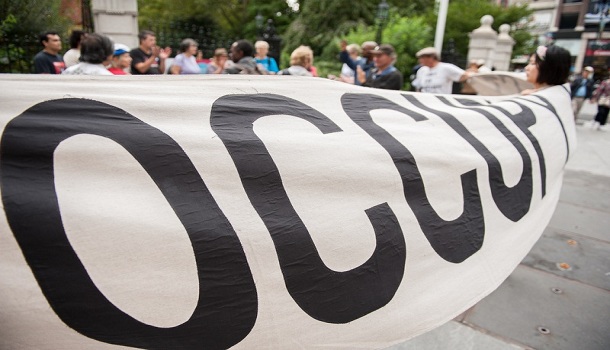
Occupy Wall Street is part of the international Occupy movement that protests globally against economic and social inequality. Here Jennifer Bilek takes to the streets of New York to follow the movement’s Labor Day protests.
Paying tribute to the contributions and achievements of American workers and the labour movement that came before them, Occupy Wall Street (OWS) began its Labor Day protest march over the Brooklyn Bridge in City Hall Park the morning of 3rd September. One of the park monuments, a circle carved into the ground, reads “It must Not Be Forgotten – The Park is Still the Refuge of the People.” Since OWS’s origins emerged and settled in Zuccotti Park, this seemed appropriate. We have the right as citizens to gather in the commons and talk about the politics of our lives. It was a small idea shared by a few people that has grown into a massive political movement covering the entire globe.
I was unsettled this morning by the small number of protestors. During the 17th November 2011 OWS protest march over the Brooklyn Bridge, the crowd swelled to estimates of 40,000 people and again on 1st May 2012 when workers throughout the city united for protest. The crowds were massive. This morning in City Hall Park protestors measured between 20 and 30 to denounce the “1%-ers” control of elections and money in politics. Members of Occupy Wall Street and Occu-Evolve rallied the small crowd and led the way over the Brooklyn Bridge.
Recent media coverage, including that in last weeks’ Metro New York Paper reported that there are signs of burn-out and in-fighting within the OWS movement. Was this small turn-out of protestors indicative of that? At one point after the march an activist within Occu-Evolve suggested we use different chants than the typical OWS chants, chants that were more inclusive of the general masses, implying that those being used now are alienating people. It wasn’t a big issue, but the fact that it came up at all gave me pause.
Is Occupy losing its edge? Are the more diverse, mini-occupations dispersed throughout local communities too small to have a great impact on our lives?
Further uptown at the Hot and Crusty on 62nd street and 2nd Ave, OWS has been supporting the Hot and Crusty Bakery Workers Association with 24-hour picketing and occupation of the store demanding that the company stop its union busting tactics. The company, owned by private equity partner Mark Samson, gave the Hot and Crusty Workers Association 11 days’ notice of eviction from the property, informing employees that 31st August would be their last day. Mahoma Lopez, a leader in the campaign who has worked at Hot and Crusty for over seven years, was organising another action for today at 3pm.
There is no doubt that Occupy is involved with labour at the local level, as it is with education, finance, housing, media, etc. But is it enough? Being in over 95 cities across 82 countries and over 600 communities in the United States, you would think that a lot would be happening. Certainly a lot has happened in the year since OWS’s inception. So why is the death knell always ringing for OWS? Bloomberg had it buried when he closed Zuccotti Park to protestors, and again after 40,000 people marched over the Brooklyn Bridge last November. Metro New York Paper did its fair share of contributing to the angst that OWS is suffering if not dead. Why is so much expected of OWS when other political movements have never moved with the speed and ferocity with which this movement has taken off? The sheer unexpectedness of it gave us so much to be grateful for.
My own angst about the small turn-out of protestors for Labor Day was offset by the faces of the people we encountered on the streets and on our way over the bridge. My voice grew hoarse as I leant it to the chorus of chants “Whose Streets? Our Streets!” and I held fast to one corner of an Occu-Evolve banner as the strong winds threatened to make us into human kites. I saw that people recognised us. Not us as individuals, but as OWS and they seemed genuinely glad to see us. They smiled and pumped their fists. They took pictures, laughed in high spirit and waved. Motorists blew their horns and gave us the thumbs up. Even the police seemed a little happy that we were still there, still fighting, that there was still hope.
Jennifer Bilek
Photos: Giovanni Savino

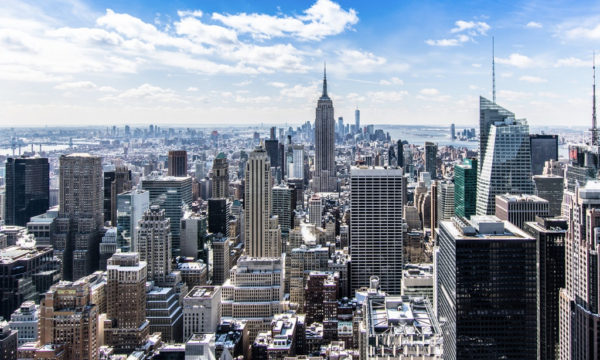
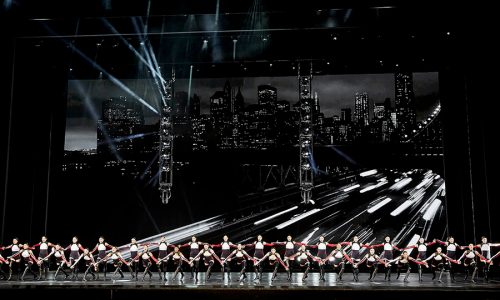
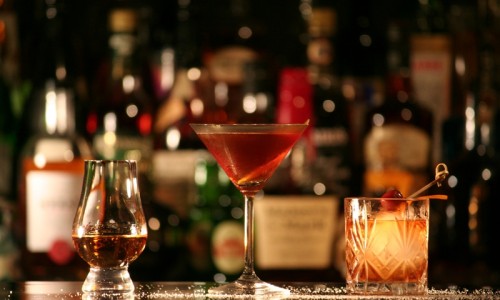
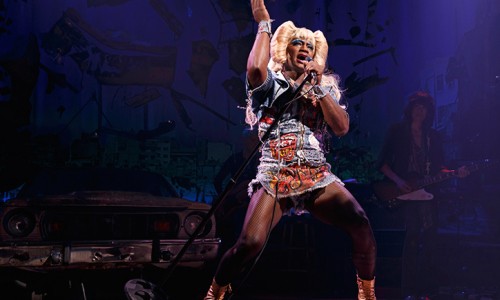
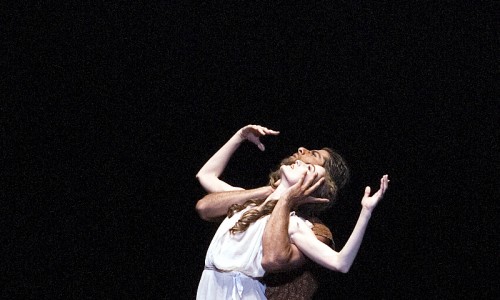
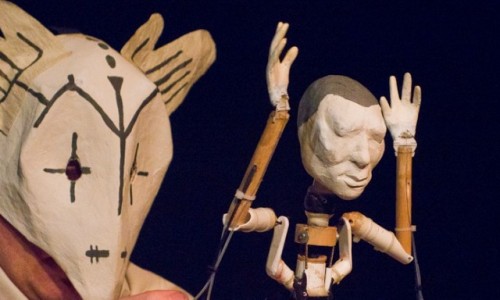
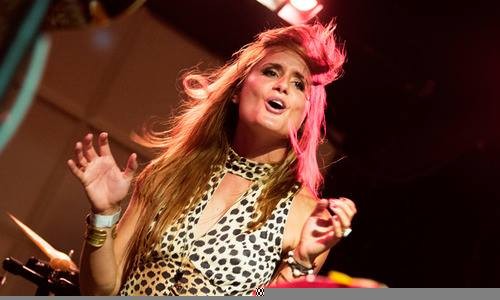
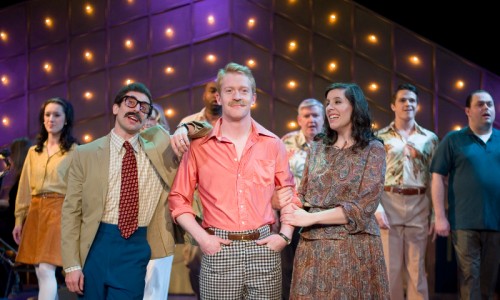
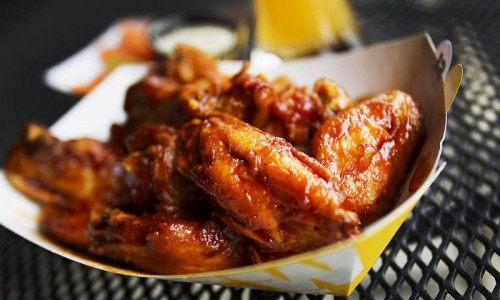

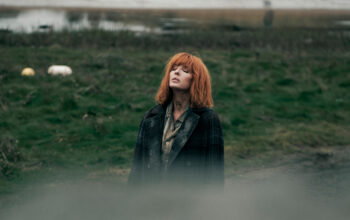


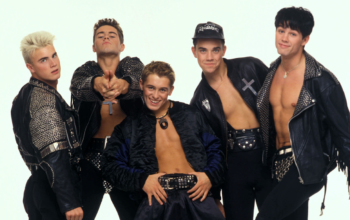
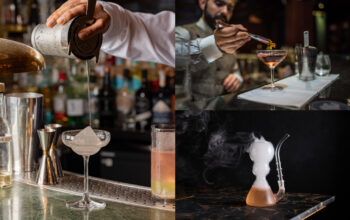

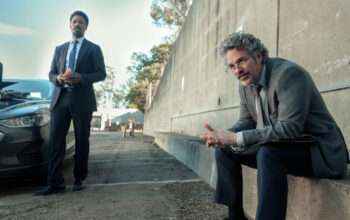

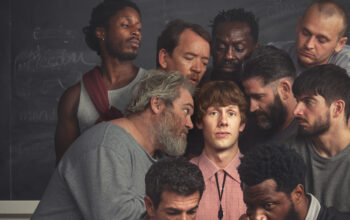
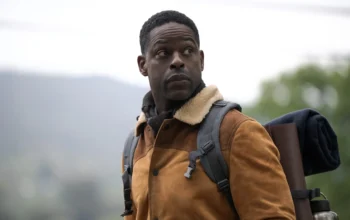
Facebook
Twitter
Instagram
YouTube
RSS